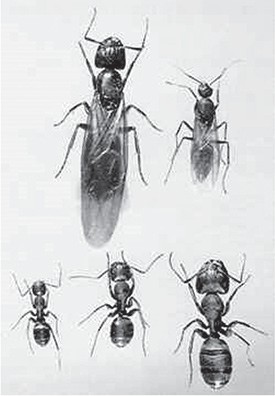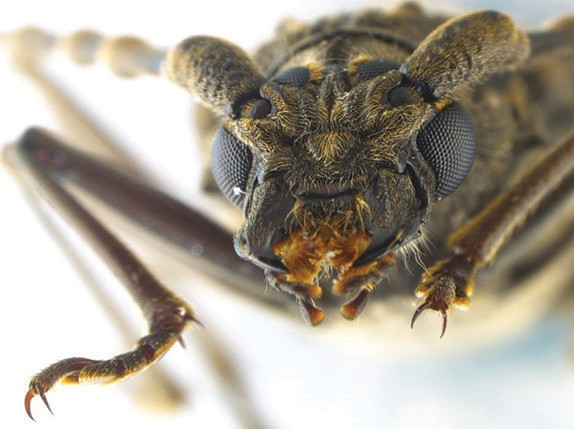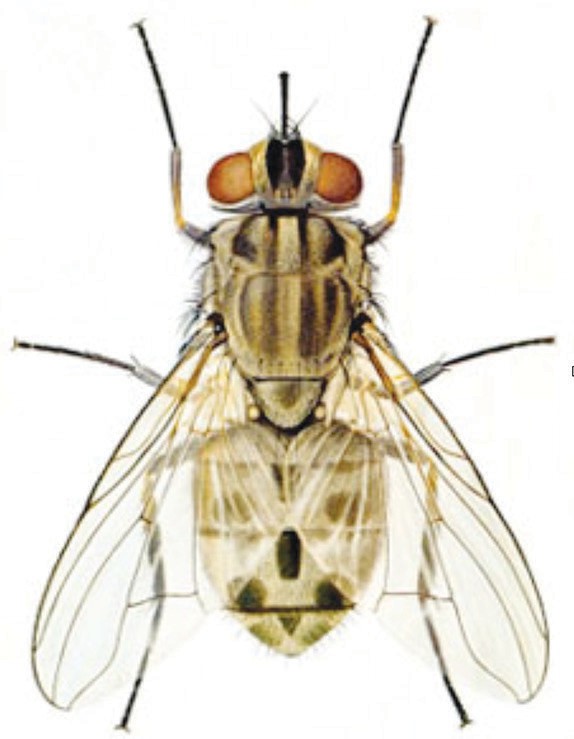Bill Dalin
Latest Articles:

What’s with all those huge black ants?
Bill Dalin | July 02, 2021
This is the most frequently asked question that I deal with each year and the last two years have been especially active. So, here is the story, and as the saying goes, “I’m sticking to it.” What are they? The ants you are seeing are reproductive Carpenter Ants. The largest are fertilized queens that have emerged from the main nest... READ MORE >

Powder Post Beetles, the unseen enemy of log cabins
Bill Dalin | May 14, 2021
I am always amazed at the variety of species of insects we can find in a single small space in the woods. Life teems around us and if you listen carefully on a warm summer night, you can literally hear the bugs digesting the old wood and making it into soil. Bark beetles, Carpenter Ants, Wood Boers, myriads of microorganisms... READ MORE >

Cluster flies versus stable flies: What am I seeing?
Bill Dalin | June 19, 2020
As summer approaches and we see the emergence of various species of flies, it is almost like an unofficial calendar. Cluster flies emerge from overwintering sites, followed by black flies around Mother’s Day, followed by stable flies and finally as summer ends, the return of the cluster flies, looking for overwintering quarters. Each of these poses their own issues insofar... READ MORE >

Coming out of the deep freeze in a flash
Bill Dalin | March 29, 2019
Looking at feet of snow and temperatures in the teens below zero, one is tempted to imagine that those pesky mosquitoes, cluster flies, deer ticks and carpenter ants are going to take a break this year. Well, in your imagination that might work out, however come April we will be in for another season of sharing our environment with a... READ MORE >

Deer Ticks coming to a cabin near you!
Bill Dalin | April 21, 2018
Just mention “Deer Ticks” and you will get a variety of responses, the most common being almost everyone knows someone who has Lyme disease or has battled Lyme disease in the past. Minnesota has had its share of tragedy regarding this disease and the small, seemingly insignificant insect that connects us to the problem. The “Deer Tick” or more correctly,... READ MORE >

